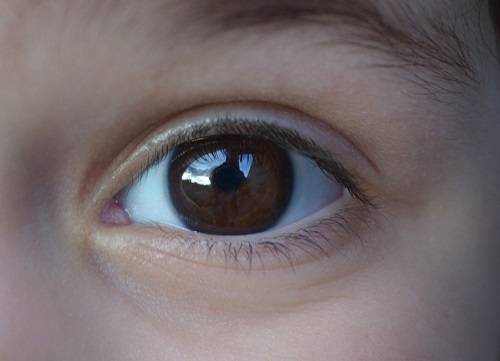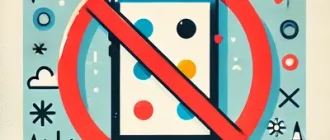When a child’s eyelid droops more than the other, it can be a source of concern for parents. This condition, medically known as ptosis, can have various causes and implications. This article explores the reasons behind uneven eyelids, provides real-world cases, and outlines when to seek medical help.
What is Ptosis?
Ptosis refers to the drooping of one or both eyelids, which can range from mild to severe. In children, ptosis can be present at birth (congenital) or develop later in life (acquired). The condition can affect vision, appearance, and overall eye health, depending on its severity.
Common Causes of Ptosis in Children
| Cause | Description |
|---|---|
| Congenital Ptosis | Caused by underdevelopment of the levator muscle, which lifts the eyelid. |
| Neurological Disorders | Issues such as Horner’s syndrome can lead to ptosis due to nerve damage. |
| Muscle Disorders | Conditions like myasthenia gravis affect the muscles, causing eyelid drooping. |
| Trauma or Injury | Injury to the eye or surrounding area can damage the muscles or nerves. |
| Tumors | Growths near the eye can press on nerves or muscles, leading to ptosis. |
Real-World Cases
To make the concept of ptosis more relatable, let’s explore some cases that illustrate how this condition can manifest in children.
Case 1: The Curious Toddler
Background:
Emma, a 3-year-old, was born with a slight droop in her left eyelid. Her parents noticed it right away but didn’t think much of it since it didn’t seem to bother her.
Symptoms:
As Emma grew, her left eye appeared smaller due to the drooping lid. Her parents noticed she tilted her head back when looking at objects above her.
Outcome:
After visiting a pediatric ophthalmologist, Emma was diagnosed with congenital ptosis. The doctor recommended regular check-ups to monitor her vision and, if necessary, surgery in the future to correct the droop.
Case 2: The Active Schoolboy
Background:
Liam, aged 7, was an active child who loved sports. His parents first noticed the drooping of his right eyelid after a soccer match where he was hit near his eye.
Symptoms:
The droop worsened over time, and Liam complained of double vision, particularly when looking down.
Outcome:
Liam was diagnosed with acquired ptosis due to trauma. A minor surgical procedure was performed to correct the issue, and Liam was back on the field in no time.
When to Seek Medical Attention
While ptosis can be a harmless cosmetic issue, it can also signal underlying health concerns that require medical attention. Here are some signs that it’s time to see a doctor:
- Rapid Onset: If the droop appears suddenly, it could indicate an underlying neurological condition.
- Vision Impairment: If your child struggles to see due to the drooping eyelid, seek immediate care.
- Associated Symptoms: Symptoms like double vision, headaches, or changes in pupil size could suggest more serious issues.
- Progressive Worsening: If the ptosis gets worse over time, consult a specialist.
Treatment Options
| Treatment | Description |
|---|---|
| Observation | For mild cases, regular monitoring by a doctor may be sufficient. |
| Surgical Correction | Surgery can be performed to tighten the muscles lifting the eyelid. |
| Non-Surgical Interventions | Eye patches or special glasses can help in cases where surgery is not immediately required. |
Conclusion: Being Proactive
Understanding why one of your child’s eyelids droops more than the other is crucial for ensuring their overall eye health. While some cases of ptosis are mild and harmless, others may require medical intervention to prevent complications such as vision impairment. By staying informed and seeking timely medical advice, you can help ensure your child’s vision and confidence remain unaffected.
Takeaway: If you notice your child’s eyelid drooping, especially if it’s sudden or severe, don’t hesitate to consult a pediatric eye specialist. Early intervention can make a significant difference in your child’s visual development.





